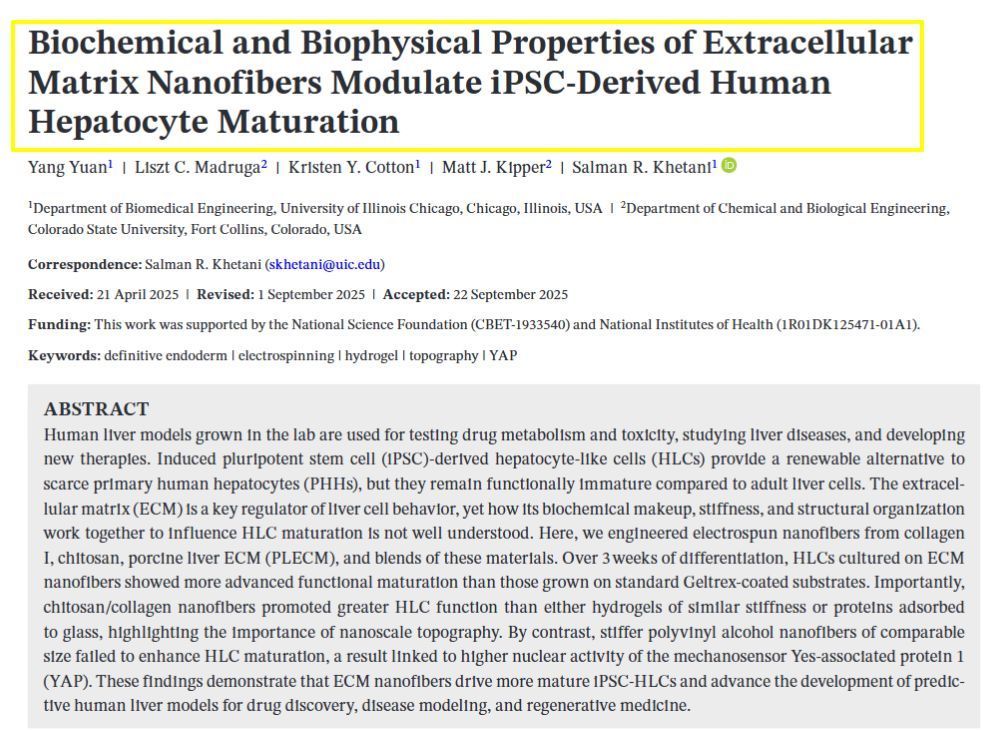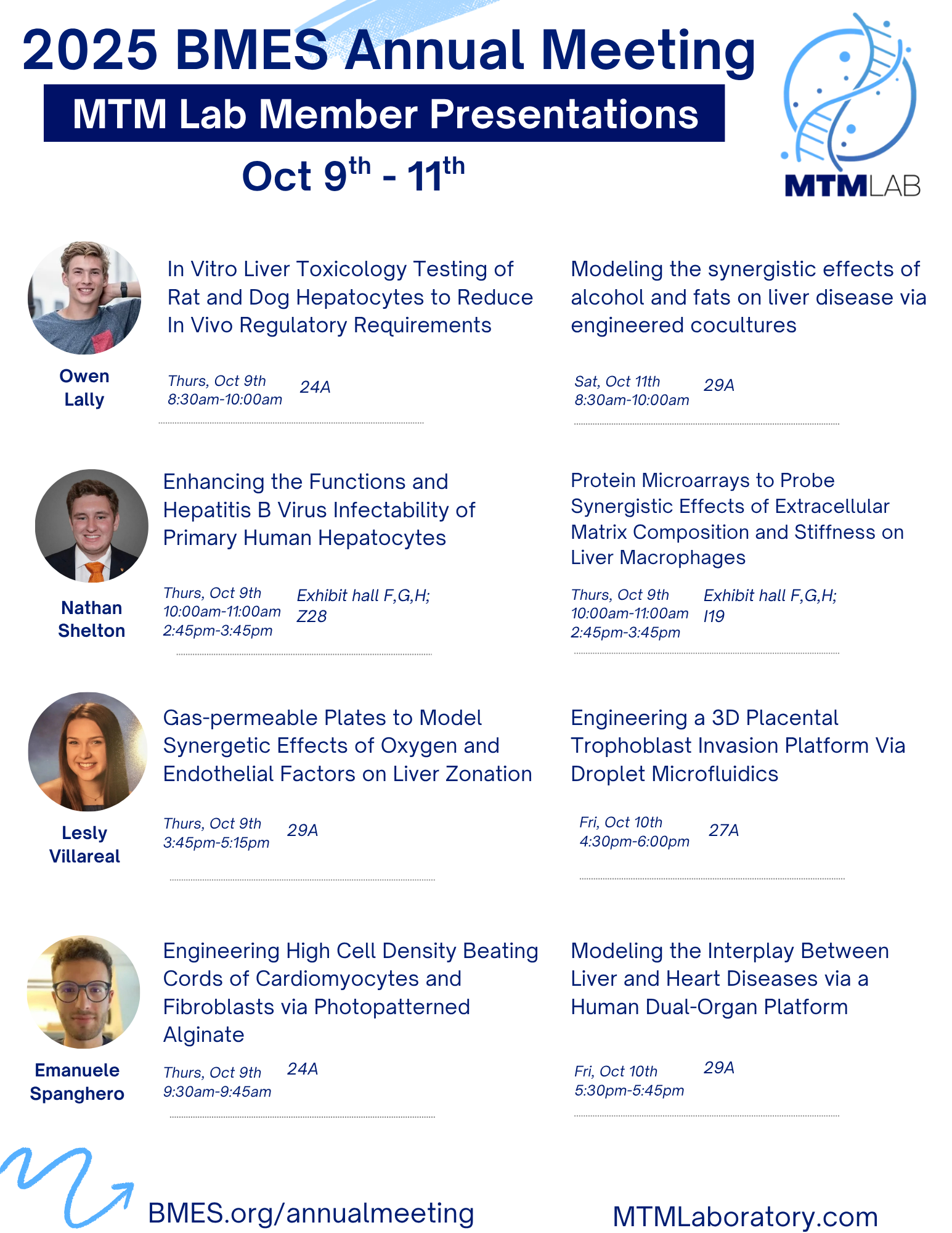Understanding Histological Patterns
Histological patterns provide crucial insights into the intricate architecture of various bodily tissues such as muscle, bone marrow, connective tissue, blood, and nerve fibers. The process starts with meticulous tissue preparation, where samples are carefully collected and preserved to retain structural details.
Staining is a pivotal step in histology, enhancing contrast in the microscopic images. For instance, hematoxylin and eosin stain distinguishes cellular components, making nuclei appear blue-purple and cytoplasm pink. Specialized stains like Giemsa highlight mast cells, which play a role in immune response and allergic reactions.
When viewing muscle tissue, characteristic striations and banding patterns are apparent, reflecting the organized arrangement of myofibrils. Observing bone marrow reveals a complex milieu of hematopoietic cells involved in blood cell formation. In connective tissue, an extracellular matrix embedded with fibroblasts and collagen fibers becomes visible, providing the framework for tissue support and elasticity.
The histological examination of blood can demonstrate the abundance and ratio of the various cell types, essential for diagnosing disorders. Nerve tissue analysis shows a network of neurons and supporting glial cells, crucial for understanding neurological function and pathology.
Recognition of these patterns is fundamental for correlating structural organization with physiological function and identifying both normal and pathological conditions. The histologic study is thus indispensable for medical research and clinical diagnosis.



